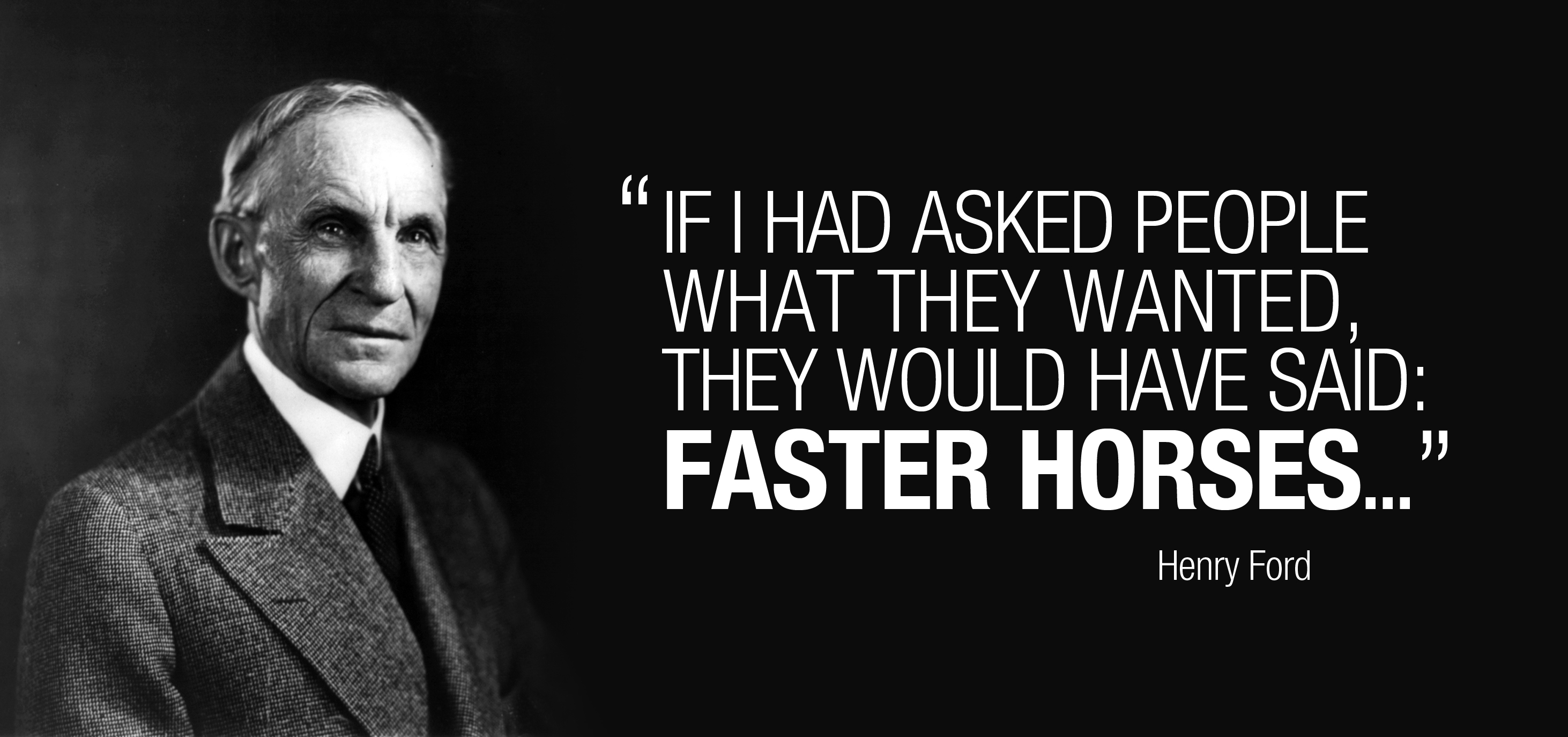WERNER HEISENBERG – GREAT PHYSICIST, BRILLIANT RESEARCHER.
Sorry for the excurse. But I think it´s crucial to know why research in it´s most common form leads to failure and how we can implement a better method.
The third and newest layer of the human brain is the Cortex, the place where complex cognitive processes take place. Ratio instead of emotion. Complexity rules.
The human cortex has brought us great inventions from lightbulb to car. But it also has brought us the most redundant marketing campaigns. It has even killed brands and jobs. In large numbers.
Why? Because research forces people to give rational answers and explanations on things they can´t explain.
IS RESEARCH JUST A WASTE OF TIME?
No. It CAN make sense. Least to some extend.
Weigel just tells us to keep some simple rules in mind:
OBSERVE
Don´t rely on claimed behaviours. Understand those behaviours in their real world context
LISTEN
to real real conversations – not just to answers to your questions
DECODE
unpack the silent, implicit and often unconsciously consumed content of communications
INTROSPECT
you´re a human being, too!
Or, as Werner Heisenberg said:
“We have to remember that what we observe is not nature herself, but nature exposed to our methods of questioning”
Research? Rethink!




